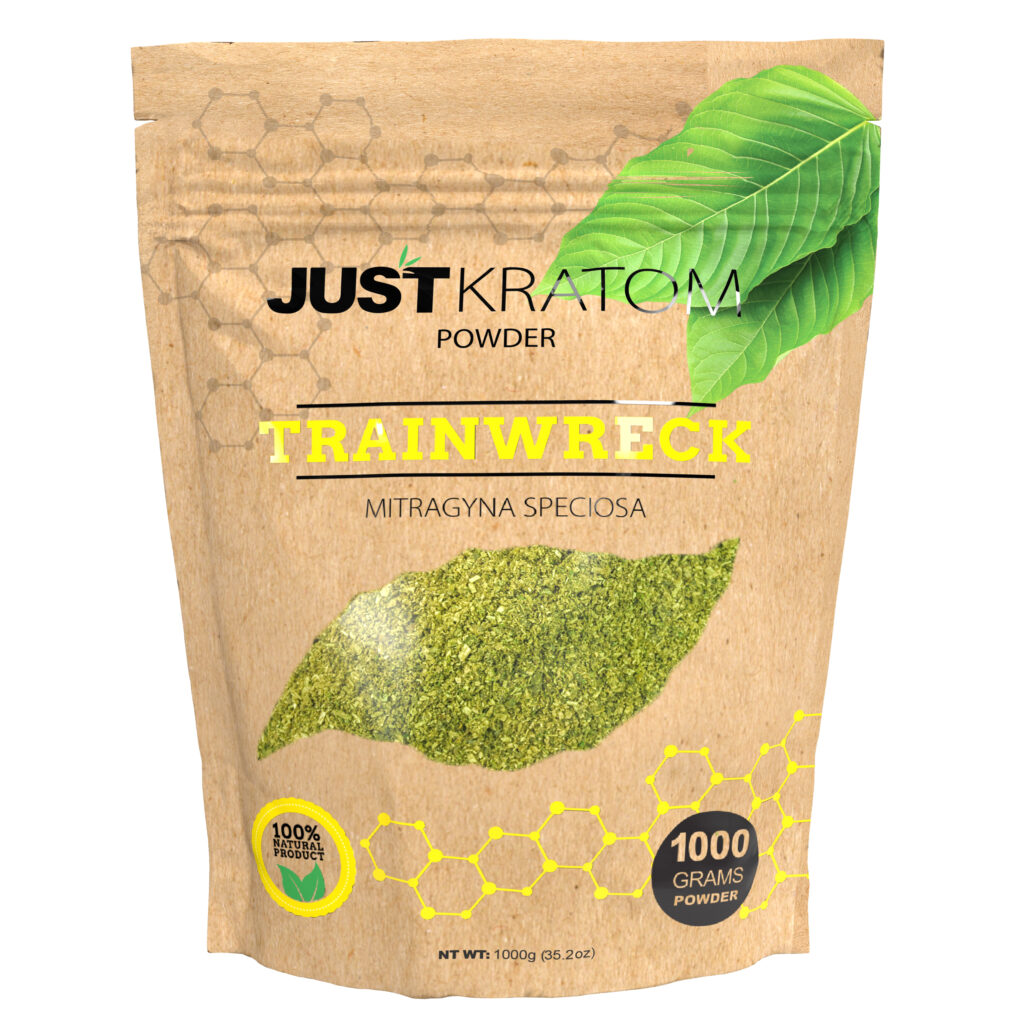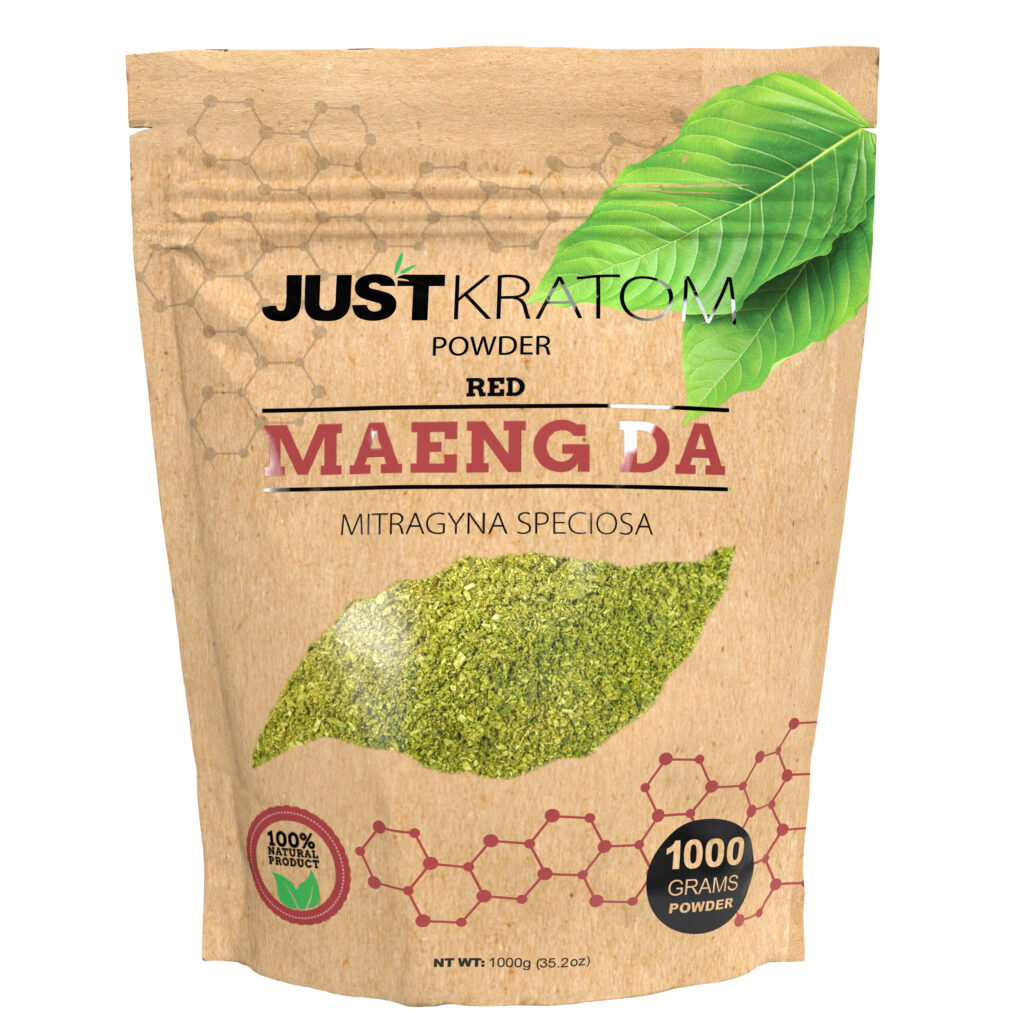Appearance
The appearance of kratom powder can offer valuable clues about its quality and potential contamination. Observing the color, texture, and consistency can help you determine if the powder is fresh and safe for consumption.

Color and Texture
Fresh kratom powder typically has a vibrant green hue, though variations exist depending on the strain. Colors like brown or black may indicate improper storage or potential contamination. The texture should be fine and powdery, without any clumps or gritty particles. A smooth, consistent texture suggests quality, while a rough or lumpy texture could signal adulteration.
Odor
Odor is another important indicator of kratom powder quality. Fresh kratom has a distinctive earthy aroma, sometimes described as herbal or slightly sweet. If the odor is strong, pungent, or unpleasant, it could be a sign of spoilage or contamination. A musty or chemical smell should raise serious concerns about the purity of the product.
Taste
The appearance and smell of kratom powder can provide vital clues about its quality and potential for contamination.
Bitterness
Taste is another sensory indicator that can help you assess the quality and safety of kratom powder. Fresh kratom typically has a slightly bitter taste, often described as earthy or vegetal. The bitterness should be moderate and not overly harsh.
An unusually strong bitterness, metallic taste, or any unusual flavors could indicate contamination or adulteration. It’s essential to trust your senses when evaluating kratom powder, and if the taste seems off, it’s best to avoid consumption.
Other Unpleasant Flavors
Taste is another sensory indicator that can help you assess the quality and safety of kratom powder. Fresh kratom typically has a slightly bitter taste, often described as earthy or vegetal. The bitterness should be moderate and not overly harsh.
An unusually strong bitterness, metallic taste, or any unusual flavors could indicate contamination or adulteration. It’s essential to trust your senses when evaluating kratom powder, and if the taste seems off, it’s best to avoid consumption.
Packaging
Packaging plays a crucial role in ensuring the quality and safety of kratom powder.
Label Information
Packaging should be airtight to prevent moisture absorption and oxidation, which can degrade the product’s quality.
Look for opaque packaging, as light exposure can also affect the potency and freshness of kratom. The packaging should be clean and free from any damage or tears.
Label information is essential for determining the authenticity and safety of kratom powder.
Reputable suppliers will clearly label the product with the strain, origin, and quantity. They should also provide contact information for customer inquiries.
Be wary of products with vague labeling or missing information, as this could indicate a lack of transparency and potential quality concerns.
Signs of tampering
Packaging plays a crucial role in ensuring the quality and safety of kratom powder.

Signs of tampering can be indicators of compromised product integrity.
- Damaged or torn packaging: Any rips, tears, or punctures in the packaging could allow for contamination or moisture ingress.
- Unsealed containers: Kratom powder should be stored in airtight containers to preserve freshness and prevent oxidation. Loose lids or openings suggest tampering.
- Residue or foreign substances: The presence of any unusual residue, stains, or foreign objects inside the packaging is a major red flag.
- Tamper-evident seals: Authentic kratom products often feature tamper-evident seals to ensure that the package has not been opened previously. If the seal is broken or missing, it indicates potential tampering.
Testing Kits
Contamination in kratom powder can significantly impact its quality and safety. To determine if your kratom is potentially contaminated, careful inspection and analysis are crucial.
At-Home Tests
The appearance of kratom powder can offer valuable clues about its quality and potential contamination. Observing the color, texture, and consistency can help you determine if the powder is fresh and safe for consumption.
Fresh kratom powder typically has a vibrant green hue, though variations exist depending on the strain. Colors like brown or black may indicate improper storage or potential contamination. The texture should be fine and powdery, without any clumps or gritty particles. A smooth, consistent texture suggests quality, while a rough or lumpy texture could signal adulteration.
Odor is another important indicator of kratom powder quality. Fresh kratom has a distinctive earthy aroma, sometimes described as herbal or slightly sweet. If the odor is strong, pungent, or unpleasant, it could be a sign of spoilage or contamination. A musty or chemical smell should raise serious concerns about the purity of the product.
Taste is another sensory indicator that can help you assess the quality and safety of kratom powder. Fresh kratom typically has a slightly bitter taste, often described as earthy or vegetal. The bitterness should be moderate and not overly harsh.
An unusually strong bitterness, metallic taste, or any unusual flavors could indicate contamination or adulteration. It’s essential to trust your senses when evaluating kratom powder, and if the taste seems off, it’s best to avoid consumption.
Packaging plays a crucial role in ensuring the quality and safety of kratom powder.
Packaging should be airtight to prevent moisture absorption and oxidation, which can degrade the product’s quality. Look for opaque packaging, as light exposure can also affect the potency and freshness of kratom. The packaging should be clean and free from any damage or tears.
Label information is essential for determining the authenticity and safety of kratom powder. Reputable suppliers will clearly label the product with the strain, origin, and quantity.
- Damaged or torn packaging: Any rips, tears, or punctures in the packaging could allow for contamination or moisture ingress.
- Unsealed containers: Kratom powder should be stored in airtight containers to preserve freshness and prevent oxidation. Loose lids or openings suggest tampering.
- Residue or foreign substances: The presence of any unusual residue, stains, or foreign objects inside the packaging is a major red flag.
- Tamper-evident seals: Authentic kratom products often feature tamper-evident seals to ensure that the package has not been opened previously. If the seal is broken or missing, it indicates potential tampering.
Laboratory Analysis
Laboratory analysis provides definitive confirmation of contamination.
Testing kits can be used to screen for common contaminants such as heavy metals, pesticides, and bacteria. These kits are generally easy to use and provide results within a reasonable timeframe.
If you suspect that your kratom powder might be contaminated, it’s best to consult with a laboratory specializing in botanical analysis. They can perform more comprehensive tests to identify the specific contaminants present and determine their levels.
Laboratory testing is the most reliable method for confirming contamination and ensuring product safety.
- Tinkerbell Nose Tip Lift Treatment Near Cheam, Surrey - May 24, 2025
- How To Tell If Your Kratom Powder Is Contaminated - May 24, 2025
- Tear Trough Filler What Is It - May 22, 2025
